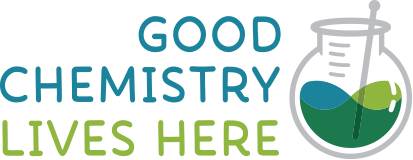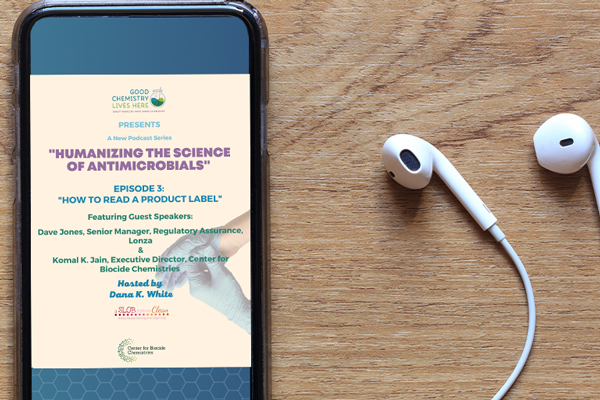Antimicrobials are regularly evaluated by their producers and the government. There are laws in place to help make sure they’re produced and used safely and effectively. First and foremost, antimicrobials are strictly regulated and registered by the U.S. Environmental Protection Agency (EPA) and state agencies. Most types of antimicrobials used on surfaces and in products cannot be sold until the EPA carefully reviews product tests and finds that the products can be used safely.
The Product Has to be Safe
If a product claims on its label to kill microbes like viruses or bacteria, the company who makes the product must prove to the EPA that it kills what it is supposed to kill and that it does not cause any significant harm to people, animals, or the environment.
Product Labels Must be Clear
Safe use of products is critical to industry. Antimicrobial producers strive to meet their commitment for the sake of responsible use by providing clear, easy-to-understand instructions on the label so disinfectant and other types of pesticide products are used properly. Product labels are reviewed carefully by industry, the EPA, and state agencies to help ensure they tell you what you need to know.
It’s the Law
The law requires the EPA to frequently reevaluate each antimicrobial product registration to make sure it continues to meet safety standards. Products that don’t meet EPA’s standards are removed from the market.

The Center for Biocide Chemistries
Interested in learning more about how antimicrobials are regulated for safety? Visit the Center for Biocide Chemistries, which addresses a broad range of scientific, research, regulatory, legislative, legal and educational issues pertaining to biocide use in industrial, institutional, and residential settings.




